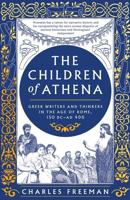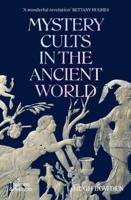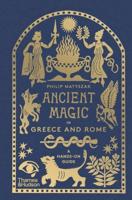Publisher's Synopsis
The classical Greek symposion provided a unique social opportunity for aristocratic, male elites to gather together in small groups, to drink, sing, recite poetry and discuss a range of topics within a relaxed atmosphere. Focusing on the functions that images and songs played within the context of the Late Archaic symposion, this book examines both those who were actively included in the event, and those who were irrevocably excluded from it. The analysis leads to numerous innovative interpretations, relating not only to the institution of the symposion itself and its relationship with Archaic Athenian society, but also to wider issues relating to definitions of democracy, aristocracy, equality and inequality in a time of profound social and political change. Divided into five chapters, the book begins by exploring the setting and course of the symposion, reconstructing its usual circumstances, the backgrounds of its participants, its principal rules and its various entertainments and activities. Chapter two then deals with the various functions of sympotic vases, offering an analysis of the words inscribed on drinking vessels. Chapter three is devoted to the interactions between songs and pictures, and considers the possible effects of painted pottery on the symposiasts. In chapter four, the correlation between the political and social changes of late sixth- and early fifth-century Athens, and the ambitions of the artists who produced Athenian vases is discussed. It argues that the latter group, though excluded from the symposia, often behaved as if they were participants by representing themselves as revelers among the aristocratic members of Athenian high society. The final chapter jumps forward in time, to explore the influence of the symposion on Roman (eastern and western) society around the first century A.D and, in particular, how the new Christian communities dealt with the problem of inequality at table. As well as considering differences between the Greek symposion and the Roman convivium, the chapter focuses on the different views expressed on the convivium by pagan, Jewish and Christian cultures. First published in Italian in 2010, this translated and updated addition will be welcomed by both classicists, and those interested in the history of the reception of Greek culture by later generations.











